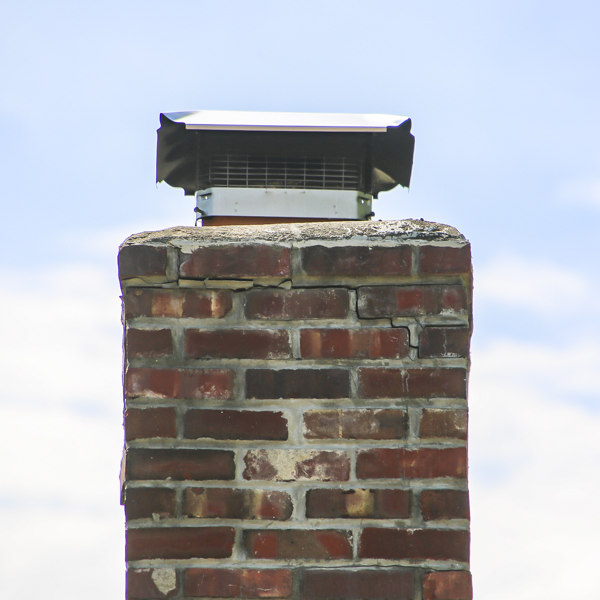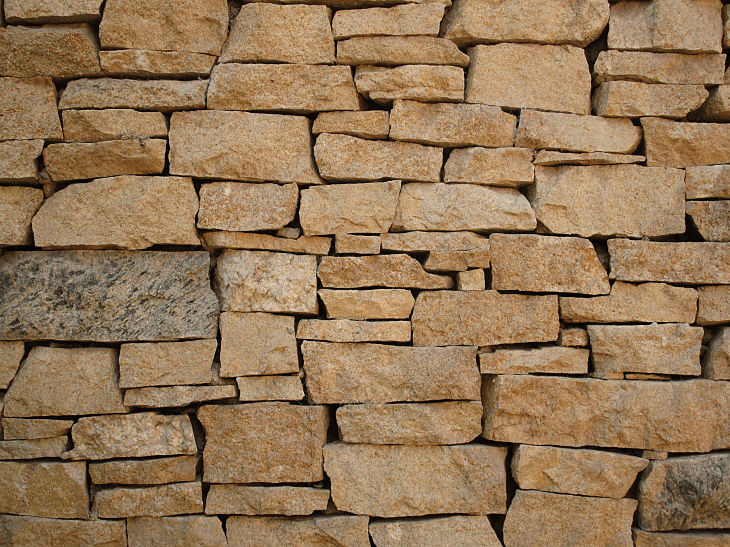Rumored Buzz on Tuckpointing

The brand-new mortar needs to be as well as (measured in compressive strength) than the historic mortar. (Softness or solidity is not necessarily a sign of permeability; old, difficult lime mortars can still keep high leaks in the structure.) This mortar is the proper uniformity for repointing historical brick. Picture: John P. Speweik. Methods for evaluating mortars can be divided into two wide categories: and also.
The acid dissolves all the carbonate-containing minerals not only in the binder, but also in the aggregate (such as oyster coverings, reefs sands, or various other carbonate-based products), as well as any type of other acid-soluble products. The sand as well as fine-grained acid-insoluble material is left behind. There are numerous variants on the basic acid food digestion examination.
Basic acid digestion methods are quick, economical, and simple to perform, however the information they supply concerning the original composition of a mortar is limited to the shade and also texture of the sand. The gas collection method supplies even more information concerning the binder than a straightforward acid food digestion test. evaluation methods that have been utilized to review mortars consist of polarized light or thin-section microscopy, scanning electron microscopy, atomic absorption spectroscopy, X-ray diffraction, as well as differential thermal analysis.
9 Easy Facts About Siding Contractor Explained
Historic mortars were not prepared to directly specified requirements from materials of consistent quality; they have a broad variety of in your area derived materials incorporated at the discretion of the mason. While a specific method could be able to precisely figure out the initial percentages of a lime-cement-sand mortar prepared from modern materials, the usefulness of that technique for evaluating historic mortars is questionable unless it has been examined against mortars prepared from materials more typically utilized in the past.
It is a typical error to presume that solidity or high toughness is an action of relevance, specifically for lime-based historic mortars. Stress and anxieties within a wall surface brought on by development, contraction, moisture migration, or negotiation should be suited in some fashion; in a stonework wall, these anxieties must be eliminated by the mortar rather than by the masonry systems.
High lime mortars are much more permeable than denser cement mortars. Historically, mortar acted as a bed linens materialnot unlike an expansion jointrather than a "glue" for the stonework devices, and also moisture had the ability to move via the mortar joints instead of the masonry systems. When wetness vaporizes from the stonework it deposits any soluble salts either externally as efflorescence or listed below the surface as subflorescence.
The Main Principles Of Step Repair
If the mortar does not permitmoisture or moisture vapor to move out of the wall and evaporate, theresult will be damages to the stonework devices. Sand is the biggest element of mortar as well as the product that provides mortar its distinct shade, structure as well as cohesiveness. Sand needs to be devoid of impurities, such as salts or clay.


The smart Trick of Step Repair That Nobody is Talking About
For repointing, rose city cement should satisfy ASTM C 150. White, non- discoloring rose city cement might give a much better color match for some historical mortars than the extra typically available grey rose city cement. It ought to not be presumed, nevertheless, that white rose city concrete is constantly ideal for all historic buildings, considering that the original mortar might have been blended with grey cement.
Hydrated lime mortars, and pre-blended lime putty mortars with or without a matched sand are readily readily available. In a lot of circumstances, pre-blended lime mortars consisting of sand may not supply an exact suit; nevertheless, if the project calls for overall repointing, a pre-blended lime mortar might be worth considering as long as the mortar is suitable in toughness with the masonry.
If a preblended lime link mortar is to be utilized, it must include Type S or SA moisturized lime adapting to ASTM C 207. Water ought to be potableclean as well as cost-free from acids, antacid, or other dissolved organic products. In addition to the shade of the sand, the appearance of the mortar is of crucial relevance in replicating historical mortar.
Roofing Contractor Things To Know Before You Buy
Option of admixtures ought to be made by the designer or building conservator as component of the specifications, not something consistently added by the masons. Usually, contemporary chemical ingredients are unnecessary and may, actually, have destructive results in historical masonry projects. Making use of antifreeze compounds is not suggested. They are not redirected here very reliable with high lime mortars and may introduce salts, which might create efflorescence later.
For repointing, lime must adapt ASTM C 207, Kind S, or Type SA, Hydrated Lime for Masonry Purposes. This machine-slaked lime is created to guarantee high plasticity and water retention. Using quicklime which should be slaked as well as soaked by hand may have advantages over moisturized lime in some reconstruction jobs if time as well as cash allow.
For repointing, rose city cement ought to satisfy ASTM C 150. White, non- staining portland concrete might provide a better shade match for some historic mortars than the much more typically offered grey portland cement. But, it needs to not be assumed, however, that white portland cement is constantly appropriate for all historical structures, given that the original mortar might have been combined with grey concrete.
Some Known Details About Step Repair
Therefore, they typically are not advised for use on historic stonework structures. Moisturized lime mortars, as well as pre-blended lime putty mortars with or without a matched sand are readily offered. Personalized mortars are also available with shade. In the majority of circumstances, pre-blended lime mortars including sand may not give a specific suit; however, if the job calls for total repointing, a pre-blended lime mortar may be worth taking into consideration as long as the mortar works in stamina with the masonry.
If a preblended lime mortar is to be made use of, it must have Type S or SA moisturized lime adapting to ASTM C 207. Water must be potableclean and free from acids, alkalis, or various other dissolved natural products. In addition to the shade of the sand, the structure of the mortar is of important value in duplicating historic mortar.
Choice of admixtures ought to be made by the architect or building conservator as component of the requirements, not something consistently included by the masons. Normally, contemporary chemical additives are unneeded as well as may, as a matter of fact, have damaging effects in historic masonry tasks. Making use of antifreeze substances is not suggested. They are not very reliable with high lime mortars and may introduce salts, which may trigger efflorescence later on.
Comments on “About Tuckpointing”